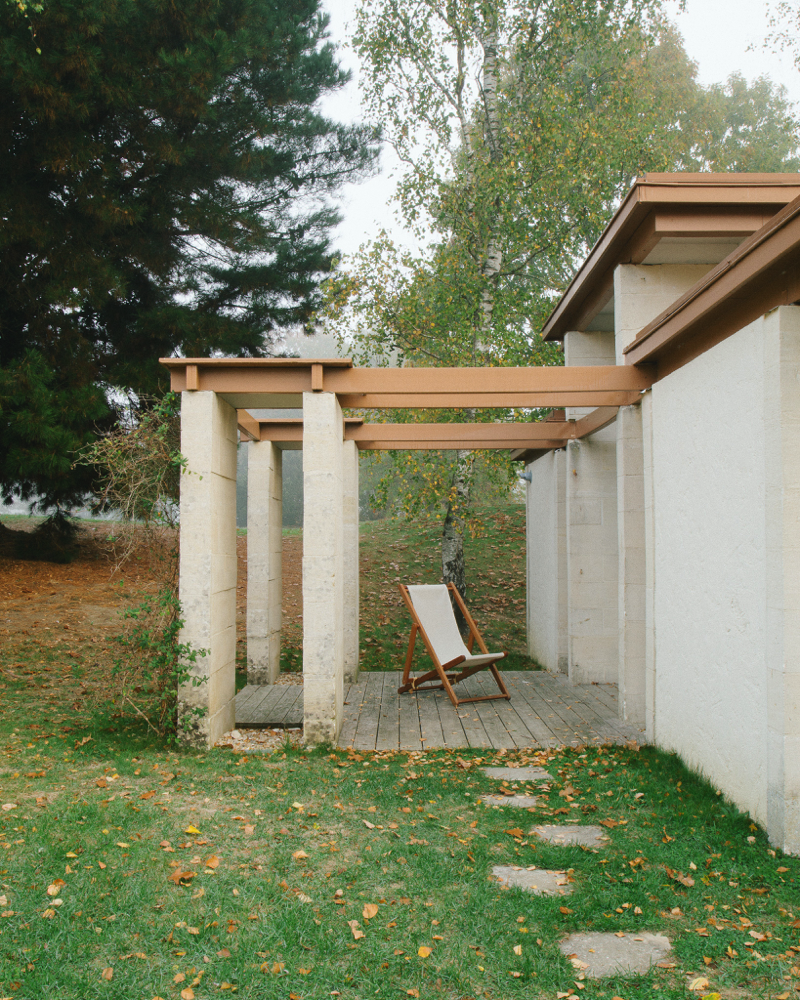
Wood is a versatile and attractive building material that, when used outdoors, can add natural beauty to your landscape. However, outdoor wood structures are exposed to harsh environmental conditions such as sunlight, rain, snow, and insects, which can lead to deterioration and rot over time. To make wood last indefinitely outdoors, it’s essential to take proactive measures to protect and maintain it. In this guide, we will explore various strategies and treatments to ensure the longevity of outdoor wood structures.
- Choose the Right Type of Wood:
Selecting the right type of wood is the first step in ensuring the longevity of outdoor structures. Some wood species naturally resist decay and insects better than others. Here are some durable wood options commonly used for outdoor projects:
- Cedar: Cedar is naturally resistant to decay and insects due to its natural oils. It weathers gracefully to a silvery gray over time.
- Redwood: Redwood is another excellent choice for outdoor use. It contains natural compounds that make it resistant to decay and insects.
- Pressure-Treated Wood: Pressure-treated lumber is treated with preservatives to enhance its resistance to decay and insects. It is an economical choice for outdoor projects but should be used cautiously for food-contact surfaces.
- Tropical Hardwoods: Woods like ipe, teak, and mahogany are incredibly durable and naturally resistant to decay and insects. However, they tend to be more expensive.
- Use Proper Construction Techniques:
The way you construct your outdoor wood structures can have a significant impact on their longevity. Ensure that you:
- Use galvanized or stainless steel fasteners and hardware to prevent corrosion.
- Elevate wood from the ground to prevent moisture absorption and decay.
- Provide adequate ventilation to minimize moisture buildup and reduce the risk of mold and mildew.
- Use proper joinery techniques and consider using waterproof glues for added strength and durability.
- Apply Protective Finishes:
Applying protective finishes to your outdoor wood is crucial for preserving its appearance and integrity. The type of finish you choose will depend on your desired look and maintenance preferences:
- Sealers and Waterproofers: These products create a transparent barrier that repels water while allowing the wood to breathe. They are ideal for preserving the natural appearance of wood.
- Stains: Wood stains add color and protect against UV damage while allowing the wood grain to show through. They come in various opacities, from clear to solid colors.
- Paints: Paints provide the most protection but completely cover the wood’s natural appearance. They are ideal for surfaces where you want a solid, opaque finish.
- Varnishes and Polyurethanes: These finishes are typically used for interior wood but can be used for outdoor applications if they are specified for exterior use. They create a hard, glossy finish.
- Epoxy Coatings: Epoxy coatings are highly durable and resistant to moisture and UV damage. They are often used for decks and outdoor furniture.
Regularly inspect the finish for signs of wear and reapply it as needed to maintain wood protection.
- Maintain Proper Drainage:
Ensuring proper drainage around your outdoor wood structures is essential for preventing moisture-related problems. Standing water can accelerate decay and rot. Consider the following drainage strategies:
- Slope the ground away from the wood structure to encourage water runoff.
- Install gutters and downspouts to divert water away from wooden surfaces.
- Use gravel or drainage mats under decks and walkways to facilitate water drainage.
- Regular Cleaning:
Keeping outdoor wood clean is an essential part of maintenance. Dust, dirt, pollen, and debris can accumulate on wood surfaces, leading to discoloration and mold growth. Here’s how to keep your wood clean:
- **Regularly sweep or use a leaf blower to remove debris from decks, patios, and other wooden surfaces.
- Use a mild detergent and a soft brush to clean the wood periodically. Avoid abrasive cleaners that can damage the finish.
- Rinse thoroughly with water to remove all cleaning residues.
- Inspect and Repair Damage Promptly:
Regular inspections of your outdoor wood structures can help you identify issues before they become major problems. Look for signs of decay, insect damage, loose fasteners, or cracks in the finish. Address any issues promptly to prevent them from worsening.
- Prevent Insect Infestations:
Insects like termites and carpenter ants can wreak havoc on outdoor wood structures. Here’s how to prevent infestations:
- Use pressure-treated wood or naturally resistant wood species.
- Keep wood structures away from direct contact with soil.
- Apply wood preservatives or insecticides to vulnerable areas.
- Protect Against UV Damage:
Sunlight can cause wood to fade, dry out, and become brittle over time. To protect against UV damage:
- Choose a wood finish that includes UV inhibitors to block harmful UV rays.
- Consider using outdoor furniture covers or shade structures to reduce direct sun exposure.
- Rotate and Move Furniture:
If you have outdoor wooden furniture, consider rotating and moving it occasionally to ensure even exposure to sunlight and moisture. This can help prevent uneven wear and weathering.
- Store Seasonal Items Properly:
When not in use, store outdoor wooden items like furniture, cushions, and decor in a dry, sheltered area, such as a shed or garage. This protects them from extended exposure to the elements.
Conclusion
While wood can deteriorate when exposed to the elements, with the right wood choice, construction techniques, and maintenance practices, you can make wood structures last indefinitely outdoors. Begin by selecting a durable wood type, using proper construction methods, and applying protective finishes. Regular cleaning, inspections, and prompt repairs are crucial for preventing issues from escalating. By following these guidelines, you can enjoy the natural beauty of wood in your outdoor spaces for many years to come.
